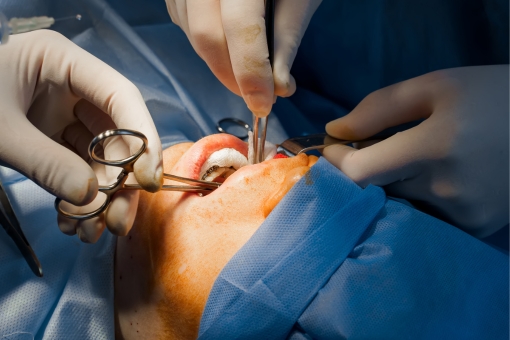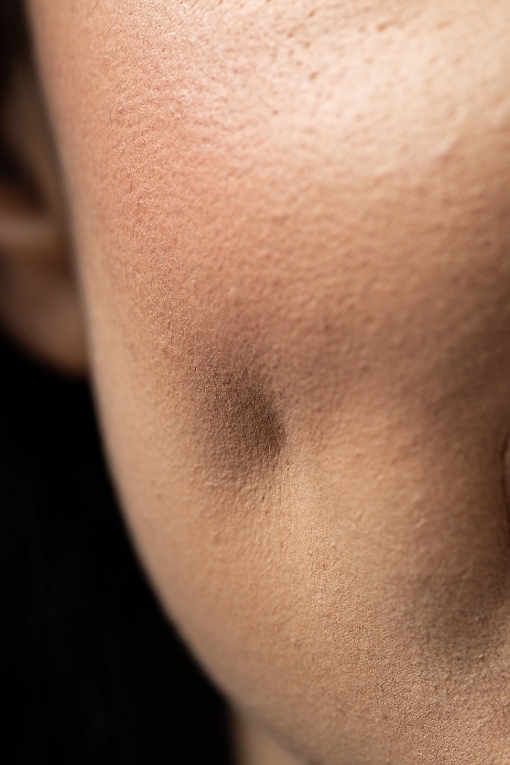Expert Cosmetics Since 2017
Choice of Five-Star Clinics
Friendly and Knowledgeable Team
Buccal Fat Removal
Why choose buccal fat removal?
Buccal fat removal, also known as cheek reduction surgery, aims to slim the lower face, particularly to reduce fullness in the cheeks, and accentuate the cheekbones by surgically removing the buccal fat pads. These fat pads are located in the lower cheeks, between the cheekbone and the mouth. The procedure is considered safe for healthy candidates, especially those who feel their face appears too full or rounded due to the presence of excessive buccal fat. It’s often chosen by individuals desiring a more contoured facial appearance, highlighting their cheekbones and creating a more defined facial structure.


How does buccal fat removal work?
The surgery begins with administering anesthesia for patient comfort, either through intravenous sedation or general anesthesia based on the surgeon’s recommendation. Following anesthesia, a surgical incision is made on the inside of the mouth, on the inner portion of the cheek, to access the buccal fat pads. This approach ensures there are no visible scars post-surgery. The buccal fat pad is then surgically removed, and the incisions are sutured closed, typically with absorbable sutures. The procedure results in a slimmer, more contoured cheek, specifically in the cheek hollow area. It can be performed as a standalone procedure or in conjunction with other facial cosmetic surgeries.
What are the results like?
Post-surgery, patients may be advised to follow a liquid diet for several days or longer to promote healing. Special mouth rinses might be recommended to minimize infection risk. The healing process will continue for several weeks as swelling decreases, and it may take several months for the final results to become apparent as the cheeks gradually contour to their new appearance. Patients are encouraged to follow their surgeon’s post-operative care instructions diligently to ensure a smooth recovery and optimal results. The outcomes are long-lasting since the removed buccal fat cells do not regrow; however, significant weight gain could potentially affect the facial appearance as there are other fat cells in the face that may expand. It’s also crucial to note that while good results are expected, like any surgical procedure, there’s no guarantee of achieving optimal results with a single surgical procedure, and in some situations, an additional surgery may be necessary.
How does buccal fat removal work?
The surgery begins with administering anesthesia for patient comfort, either through intravenous sedation or general anesthesia based on the surgeon’s recommendation. Following anesthesia, a surgical incision is made on the inside of the mouth, on the inner portion of the cheek, to access the buccal fat pads. This approach ensures there are no visible scars post-surgery. The buccal fat pad is then surgically removed, and the incisions are sutured closed, typically with absorbable sutures. The procedure results in a slimmer, more contoured cheek, specifically in the cheek hollow area. It can be performed as a standalone procedure or in conjunction with other facial cosmetic surgeries.
What are the results like?
Post-surgery, patients may be advised to follow a liquid diet for several days or longer to promote healing. Special mouth rinses might be recommended to minimize infection risk. The healing process will continue for several weeks as swelling decreases, and it may take several months for the final results to become apparent as the cheeks gradually contour to their new appearance. Patients are encouraged to follow their surgeon’s post-operative care instructions diligently to ensure a smooth recovery and optimal results. The outcomes are long-lasting since the removed buccal fat cells do not regrow; however, significant weight gain could potentially affect the facial appearance as there are other fat cells in the face that may expand. It’s also crucial to note that while good results are expected, like any surgical procedure, there’s no guarantee of achieving optimal results with a single surgical procedure, and in some situations, an additional surgery may be necessary.

Speak to an expert today
Give us a call or fill in our easy to use online form and a member of our customer support team will be in touch with you at a time and date that works best for you.
Frequently Asked Questions
What benefits are there to buccal fat removal surgery?
Are the results permanent?
How much does buccal fat removal cost?
Buccal fat removal prices start at £2250, but this is something that is worked out on an individual patient basis. For a no-obligation quote, please contact using the form at the bottom of the page. Our team will work with you to discuss your requirements and will be able to give you an individually tailored price.
What age should I have buccal fat removal?
Can buccal fat grow back?
What should I eat after buccal fat removal?
How should I sleep after buccal fat removal?
Or call our team to arrange your consultation today:
- 0800 772 0039
View our latest news
The Fascinating Evolution of Cosmetic Surgery: A Journey Through Time
When we think of cosmetic surgery today, the images that often come to mind are those of celebrities with perfectly chiseled features or individuals undergoing transformative procedures for a rejuvenated appearance. However, the art and science of altering the human...
Stay connected

